Milgro is officially B Corp™ certified
Read moreHow the alpine ski got a place in our office
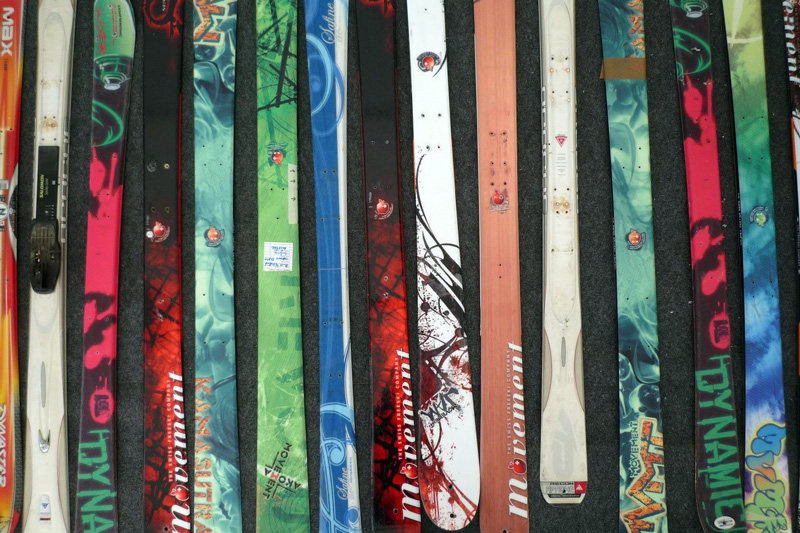
item: alpine ski
economic life: 100 days on the slopes
material: wood, fiberglass, steel, polyethylene and abs plastic, epoxy, kevlar, carbon (composite)
economic end point: waste incineration or landfill
downcycling factor: not applicable, cradle to grave' principle, re-use possible

original: alpine ski
Skis have their origin in Scandinavia where they were used to better move over the snowy country. The word ski comes from the old Norse Skiða, which means 'straight board'. Petroglyphs indicate that skis were used in China's Altai Mountains as early as 10,000 years ago.
ski lifespan
The average well-maintained ski lasts about 100 days on the slopes, and since many skiers only ski a few times a year, that can mean decades of use.
Fun fact: When driving to and from the mountains, the average skier uses about 4150 liters of gasoline during these years of use.
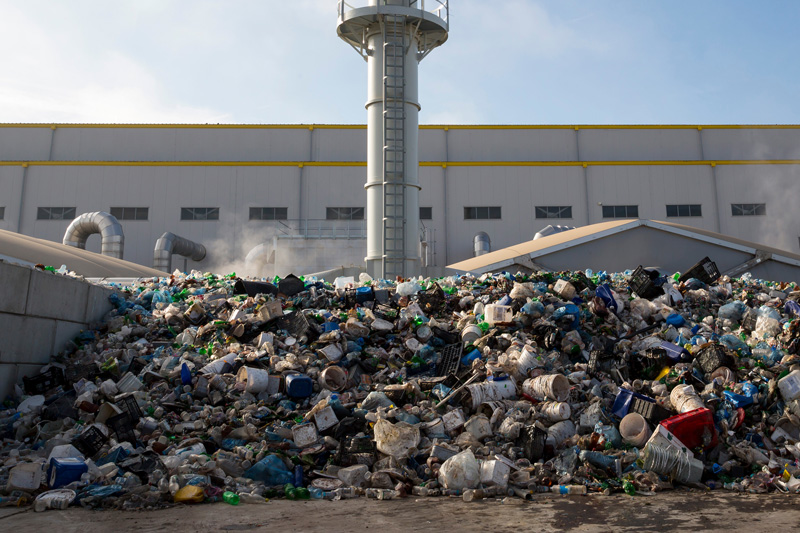
skis on the waste pile
There are currently no techniques to recycle all parts of skis. The steel and plastic in the skis are bonded to the fiberglass with epoxy. Separating the solid piece, which has arisen as a result, costs more energy than it would yield.
Skis usually end up in incinerators or landfills. Approximately 3.2 million pairs of alpine skis and 1.6 million pairs of Nordic skis are sold worldwide every year.
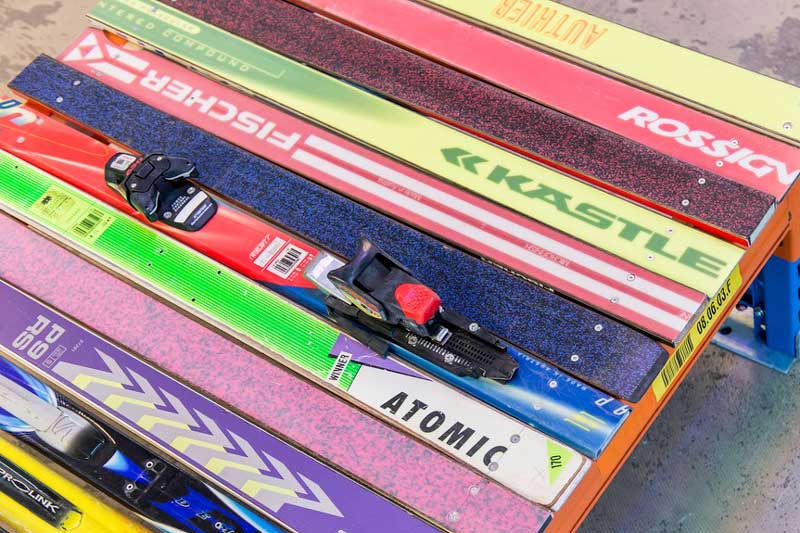
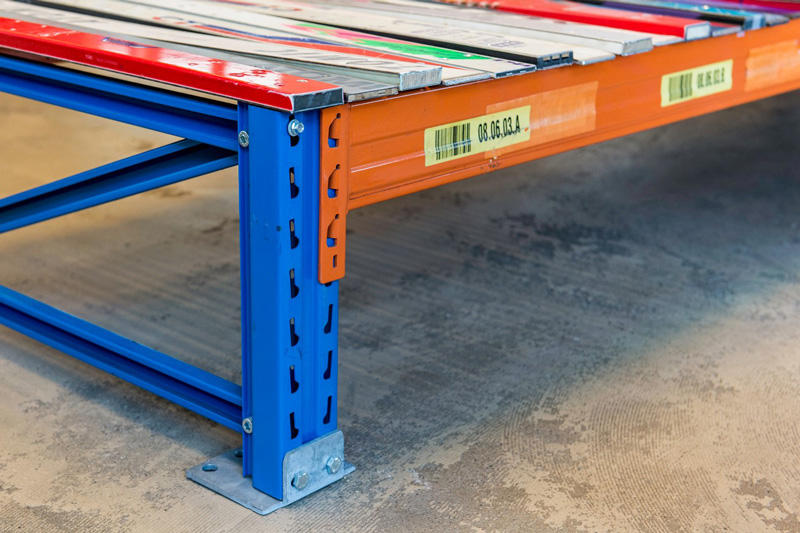
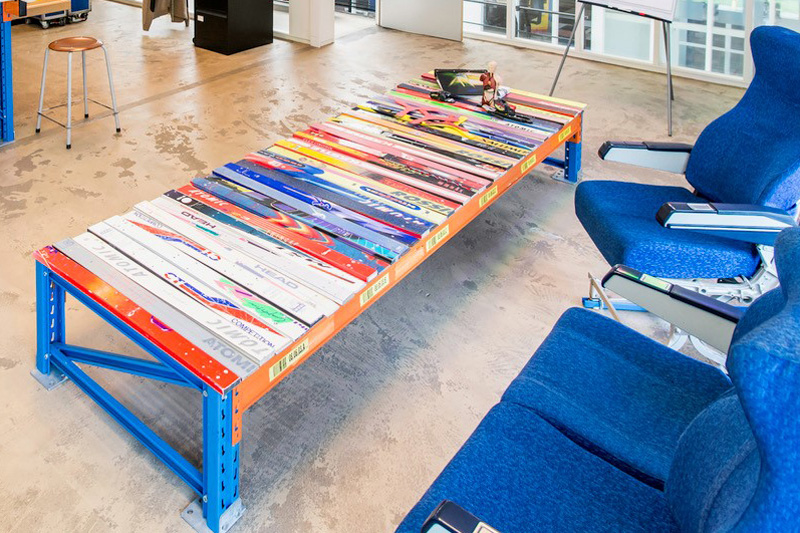
current: conference table
In Milgro's boardroom is a low conference table with a top made of recycled alpine skis. The variation in the thickness and width of the skis ensures that the table surface has a playful and variable appearance. The base of the table consists of a pallet rack. In addition to being an eye-catcher, the ski table is also extremely strong.

original: alpine ski
Skis have their origin in Scandinavia where they were used to better move over the snowy country. The word ski comes from the old Norse Skiða, which means 'straight board'. Petroglyphs indicate that skis were used in China's Altai Mountains as early as 10,000 years ago.

skis on the waste pile
There are currently no techniques to recycle all parts of skis. The steel and plastic in the skis are bonded to the fiberglass with epoxy. Separating the solid piece, which has arisen as a result, costs more energy than it would yield.
Skis usually end up in incinerators or landfills. Approximately 3.2 million pairs of alpine skis and 1.6 million pairs of Nordic skis are sold worldwide every year.
Milgro's special office
Furnishing the office with end-of-use materials is in line with Milgro's vision that waste is a resource that has lost its way.
As a connector between disposers and recipients of used raw materials, Milgro applies this vision in practice. With technology, methodology and a proven approach, Milgro enables companies to successfully implement the raw materials transition. The result is profitable sustainability: Earth & Earn together.









